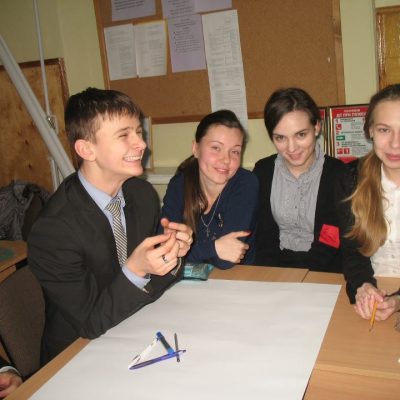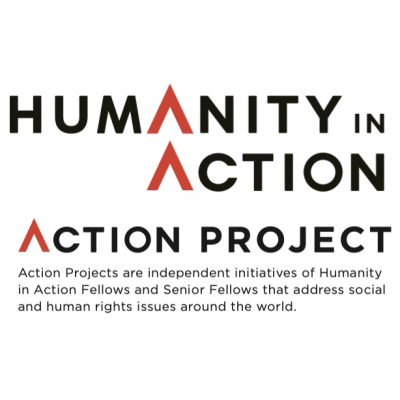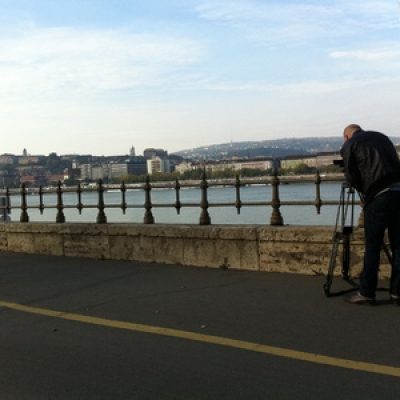Article
While the modern school curriculum may teach students about human rights, it tends to focus on the history of human rights, the various categories of human rights and the related legal framework. Senior Fellow Maryna Rabinovych wanted to use her broad legal knowledge to fill this gap by developing and delivering creative presentations to high school students in Ukraine.

Maryna began by developing the curriculum for her program, and then decided which Odessa high schools she wished to visit. She then discussed her program with the teachers at those schools, who helped her to develop the final version of her presentations. She then chose several dates on which to conduct her presentations. More than 150 high school students in Odessa participated in Maryna’s seminars. During her time at the schools, Maryna also gave study materials to the law and history teachers, which empowered them to continue teaching their students about human rights protection.
Maryna wanted to use her broad legal knowledge to fill this gap by developing and delivering creative presentations to high school students in Ukraine.
Maryna delivered her presentations with the goal of identifying students during each session who showed a passion for human rights and an understanding of the national and international mechanisms for protecting human rights. She then chose twenty students to participate in a final seminar while visiting the office of the EU Border Assistance Mission to Moldova and Ukraine. Maryna conducted the final seminar along with representatives of the Mission’s Capacity-Building and Communication units.
What is often missing from human rights education is an emphasis on the ways in which people can actually ensure that their rights are being protected.
In the future, she’d like to visit Odessa schools for children with disabilities and give presentations on the rights of people with disabilities. Maryna found that her main challenge was getting the students interested in the course. To inspire the students, she tried to use as many examples as possible and incorporate interactive methods of teaching into her presentations. She found that the students responded well to having a chance to explore the issues themselves, rather than simply being lectured at.







